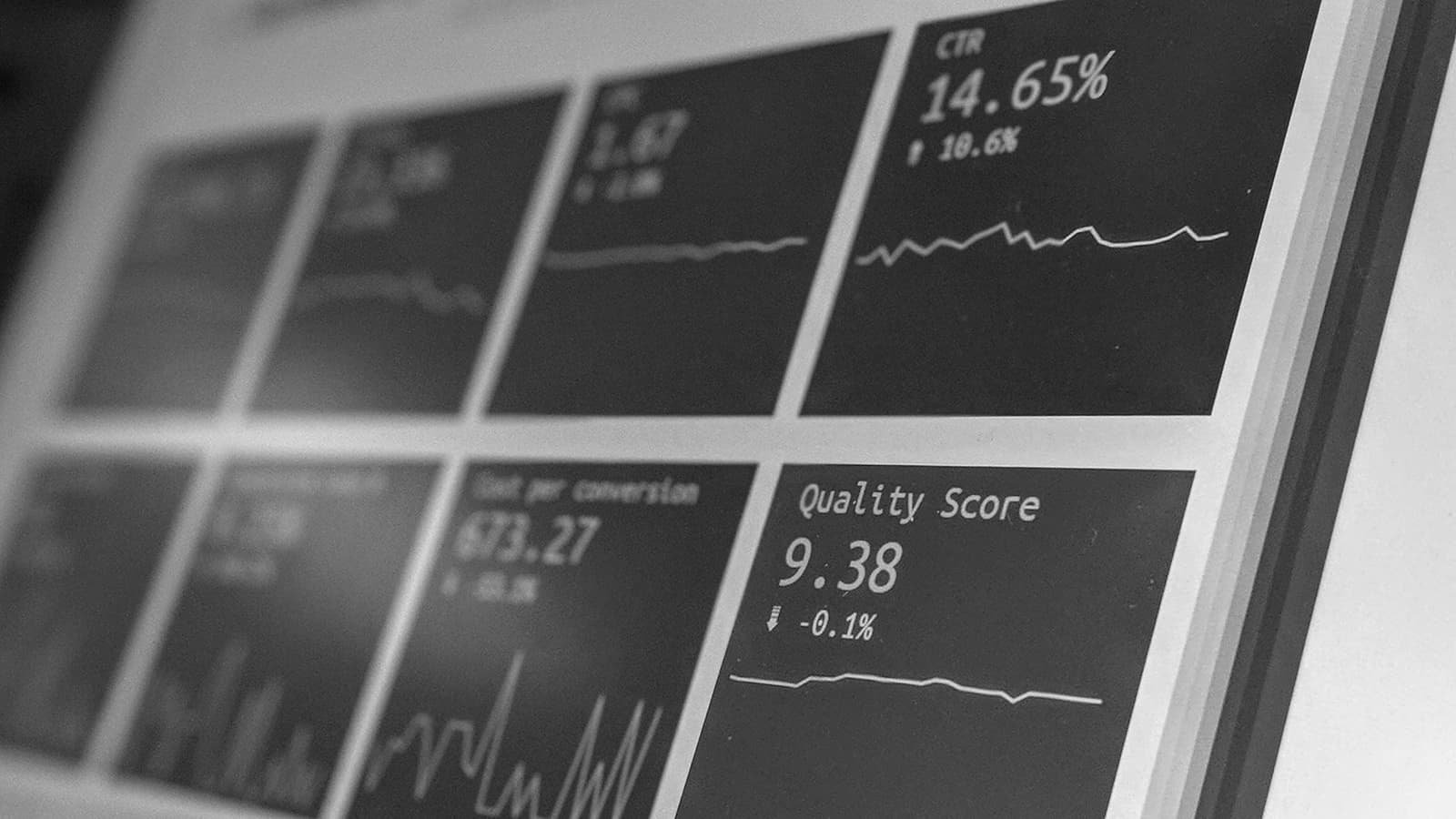
וועבזייטל זיכערהייט טעסט.
וועבזייטל און אַפּלאַקיישאַן וואַלנעראַביליטי יבערקוקן – וועב פּאַסטעס טעסטינג – Free וועבזייטל זיכערהייט טשעק
וועבזייטל זיכערהייט טעסטינג
אויטאָמאַטיש ידענטיפיצירן זיכערהייט וואַלנעראַביליטיז אין אייער וועב אַפּלאַקיישאַנז און אַנדערלייינג ינפראַסטראַקטשער. געפֿינען פלאָז הינטער אַ לאָגין בלאַט צו דערגרייכן גאַנץ קאַווערידזש..
מעטריקס
מיר ונטערטוקנ זיך דיפּלי אין דיין וועבזייטל און בויען אַנאַליטיקס און פאַרלייגן אַ פּראָצעס וואָס וועט באַוואָרענען דיין אָנליין וילעם און וואַקסן דיין רעוועך.
פאַרקויפער ריסק פאַרוואַלטונג
אַססעסס די זיכערהייט פון די סאַלושאַנז אַז דיין אָנליין ווענדאָרס און פּאַרטנערס בויען איר
וועבזייטל כאַקט און דאַטן בריטשיז
מיר העלפֿן קליין געשעפטן בויען אַ זיכער דיגיטאַל בייַזייַן דורך פאָוקיסינג אויף דריי שליסל יסודות פון אַ געראָטן אָנליין זיכער פּלאַטפאָרמע.

מיר באַקומען רעזולטאַטן.
אונדזער פּראָווען שפּור רעקאָרד וועט באַוואָרענען דיין געשעפט.






זיכער דיין אָנליין נחלה מיט אַ וועבזייטל פֿאַר דיין זיכערהייט טעסטינג
.
וועבזייטל זיכערהייט טעסטינג: א קריטיש שריט אין מאָדערן סייבער פאַרטיידיקונג
אין הייַנט ס דיגיטאַל לאַנדשאַפט, וועבזייטל זיכערהייט טעסטינג איז יקערדיק פֿאַר אָרגאַנאַזיישאַנז וואָס צילן צו באַשיצן שפּירעוודיק דאַטן און האַלטן באַניצער צוטרוי. דער פּראָואַקטיוו פּראָצעס יידענאַפייד וואַלנעראַביליטיז אין וועב אַפּלאַקיישאַנז איידער בייזע אַקטערז קענען גווורע זיי. וועבזייטל זיכערהייט טעסטינג טיפּיקלי ינוואַלווז וואַלנעראַביליטי סקאַנינג, דורכדרונג טעסטינג, קאָד באריכטן, און קאַנפיגיעריישאַן אַסעסמאַנץ צו ענשור אַז וועב סיסטעמען קענען וויטסטאַנד סייבער טרעץ.
גאַווערמאַנץ און ינדאַסטריז ווערלדווייד דערקענען די וויכטיקייט פון סטאַנדערדייזד סייבערסעקוריטי פראַמעוואָרקס. אין די וק, די סייבער עססענטיאַלס סכעמע גיט אַ באַסעלינע פֿאַר גוט סייבערסעקוריטי היגיענע. עס העלפּס אָרגאַנאַזיישאַנז היטן קעגן פּראָסט טרעץ ווי פישינג, מאַלוואַרע, און פּאַראָל אנפאלן. דערגרייכן סייבער עססענטיאַלס סערטאַפאַקיישאַן דעמאַנסטרייץ אַ היסכייַוועס צו באַוואָרענען דאַטן און סיסטעמען - אַ קריטיש פאַקטאָר פֿאַר וק רעגירונג סאַפּלייערז.
אין די פארייניקטע שטאטן, די סייבער טראַסט מארק איז אַ נייַע איניציאטיוו דעוועלאָפּעד דורך די פעדעראלע קאָמוניקאַציע קאַמישאַן (פקק) צו פֿאַרבעסערן סייבערסעקוריטי דורכזעיקייַט אין קאַנסומער אינטערנעט פון טהינגס (IoT) מכשירים. כאָטש ניט ספּעציפיש צו וועבסיטעס, דעם צייכן ריפלעקס די ברייטערער גאַנג פון ציבור אַקאַונטאַביליטי אין דיגיטאַל זיכערהייט און דינען ווי אַ מאָדעל פֿאַר טראַנספּעראַנט סייבערסעקוריטי סטאַנדאַרדס.
פֿאַר אָרגאַנאַזיישאַנז ארבעטן מיט די יו. דעפּאַרטמענט פון דיפענס, קמק 2.0 (סערטיפיקאַטיאָן פון סייבערסעקוריטי מאַטוריטי מאָדעל) איז די פּריוויילינג נאָרמאַל. עס אַססעסס קאָנטראַקטאָרס’ פיייקייט צו באַשיצן פעדעראלע קאָנטראַקט אינפֿאָרמאַציע (FCI) און קאַנטראָולד אַנקלאַססיפיעד אינפֿאָרמאַציע (וואָס) דורך אַ טייערד סיסטעם פון סייבערסעקוריטי פּראַקטיסיז. קמק 2.0 אַליינז מער ענג מיט די NIST SP 800-171 פריימווערק און כולל דריי לעוועלס פון סערטאַפאַקיישאַן, ריינדזשינג פון פונדאַמענטאַל צו אַוואַנסירטע סייבערסעקוריטי רעקווירעמענץ.
נאָך סערטאַפאַקיישאַנז העלפֿן בויען געזונט וועב זיכערהייט מגילה. די NIST סייבערסעקוריטי פריימווערק (CSF) גיט אַ פלעקסאַבאַל סטרוקטור פֿאַר אָנפירונג און רידוסינג סייבערסעקוריטי ריסקס. פאַכמאַן סערטאַפאַקיישאַנז אַזאַ ווי CISSP (סערטיפיעד אינפֿאָרמאַציע סיסטעמען זיכערהייַט פּראַפעשאַנאַל), CompTIA CySA + (סייבערסעקוריטי אַנאַליסט), און סיסאַ (סערטאַפייד אינפֿאָרמאַציע סיסטעמען אַודיטאָר) יקוויפּ פּראַקטישנערז מיט די עקספּערטיז צו ינסטרומענט עפעקטיוו זיכערהייט טעסטינג, ריזיקירן אַסעסמאַנט, און מיטיגיישאַן סטראַטעגיעס.
ווי סייבער טרעץ יוואַלוו, וועבזייטל זיכערהייט טעסטינג מוזן ווערן אַ רעגולער פיר, ניט אַ איין מאָל קאָנטראָלירן. אַליינינג מיט דערקענט פראַמעוואָרקס און סערטאַפאַקיישאַנז סטרענגטאַנז אַן אָרגאַניזאַציע ס סייבער ריזיליאַנס און בויען צוטרוי מיט סטייקכאָולדערז אין ביידע די ציבור און פּריוואַט סעקטאָרס.